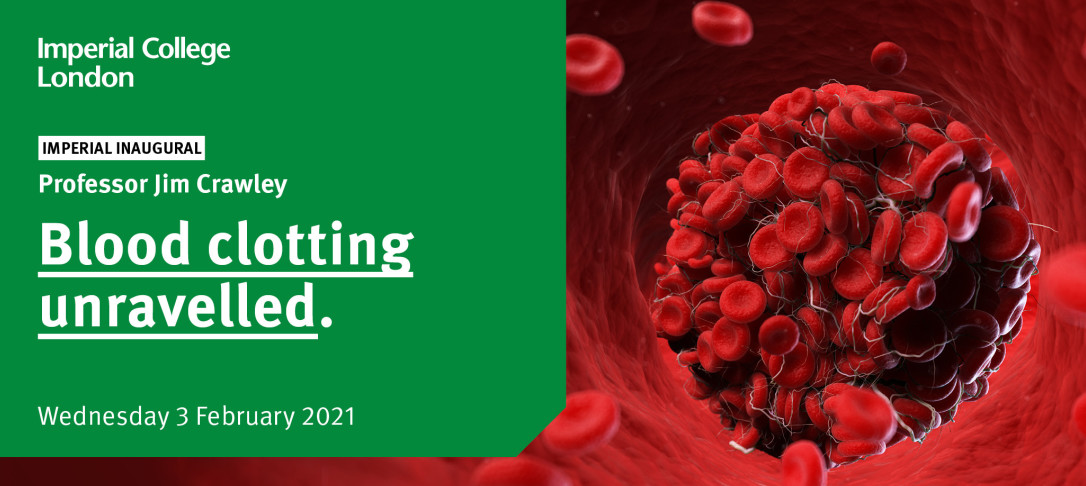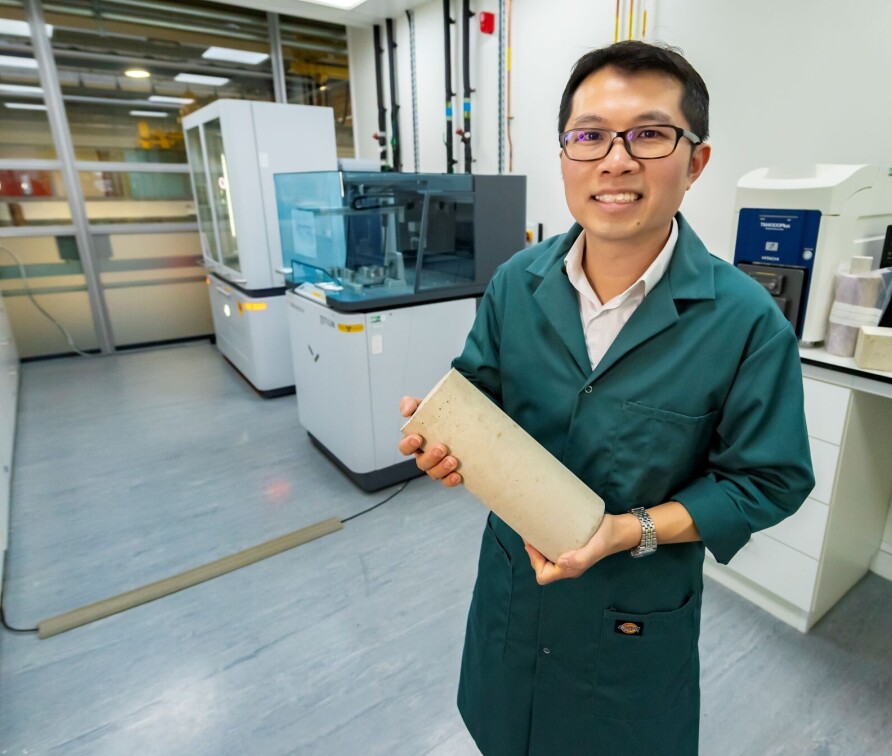
Join the event on Microsoft Teams
Join the event on our YouTube channel
The ability of our blood to clot in response to blood vessel damage is essential to control bleeding. For this to occur effectively, clotting must be initiated rapidly to stop bleeding, but at the same time specifically controlled/restricted to prevent thrombosis. This process, known as haemostasis, involves a complex and highly coordinated sequence of cellular and biochemical events involving numerous plasma and cell surface proteins and blood cells and cells/proteins in the vessel wall. Clinically, haemostasis is highly important. This is exemplified by the large number of patients with either inherited or acquired deficiencies in their haemostatic system that cause bleeding disorders. Conversely, individuals with increased propensity to clot due to both inherited and acquired/environmental factors are at increased risk of thrombotic diseases – including heart attack, stroke, deep vein thrombosis, pulmonary embolism and microvascular thrombosis. Thrombotic diseases account for about one third of all deaths. As thrombosis represents a major modifiable end-point in many cardiovascular disorders, therapeutic targeting of haemostasis has the potential to protect millions of patients every year. Therefore, understanding the molecular basis of blood clotting not only reveals essential insights into how different bleeding and thrombotic diseases are manifest, but also provides clues for the development of new/improved therapeutic strategies to treat these diseases.
Jim Crawley, Professor of Haemostasis within Imperial College’s Centre for Haematology, has spent the majority of his research career trying to decipher how different components of the haemostatic system work at a molecular level. These include the study of two of the body’s three natural anticoagulant pathways, and also the mechanisms that control the recruitment of blood platelets to sites of blood vessel damage. In his inaugural lecture, Jim will present his research journey that has uncovered the intricate ways in which blood clotting is regulated.
Biography
Jim Crawley studied Molecular Biology and Biochemistry as an undergraduate at the University of Durham. His PhD from Imperial College was undertaken in the Thrombosis Research Institute under the supervision of Prof Florea Lupu and Prof Nick Severs. During this time, he worked primarily on TFPI – one of the body’s major anticoagulant proteins. Following his PhD, Jim joined the Howard Hughes funded lab of Prof Chuck Esmon at the OMRF, Oklahoma City, USA, where he worked on another anticoagulant system – the protein C anticoagulant pathway. Jim returned from the US to join the lab of Prof David Lane at Imperial College. He continued working on the protein C anticoagulant pathway, but in collaboration with David Lane developed a programme of work exploring how von Willebrand factor (VWF) and its regulating protease, ADAMTS13, function – two key plasma proteins that control platelet recruitment to sites of blood vessel damage. In 2005, Jim received a fellowship from the British Heart Foundation (BHF) and in 2006 he was appointed to Imperial College’s ‘fast track to tenure’ scheme. Jim was promoted to Senior Lecturer in 2009, to Reader in 2013 and to Professor in 2019. Jim teaches medical students as part of the intercalated BSc in Haematology, a course that he also helps organise. Jim has supervised/co-supervised 13 PhD students, and has mentored several post-docs that have successfully acquired fellowships on their paths to independence. Jim was president of the British Society for Haemostasis and Thrombosis (BSHT) from 2018-2019, the national society that brings together clinicians and scientists working within the field of blood clotting.





